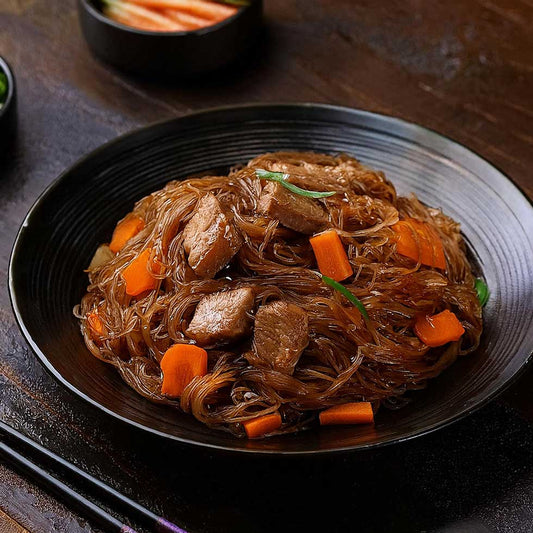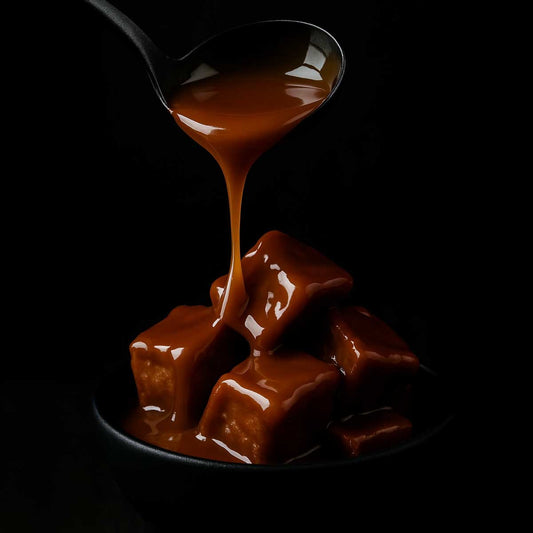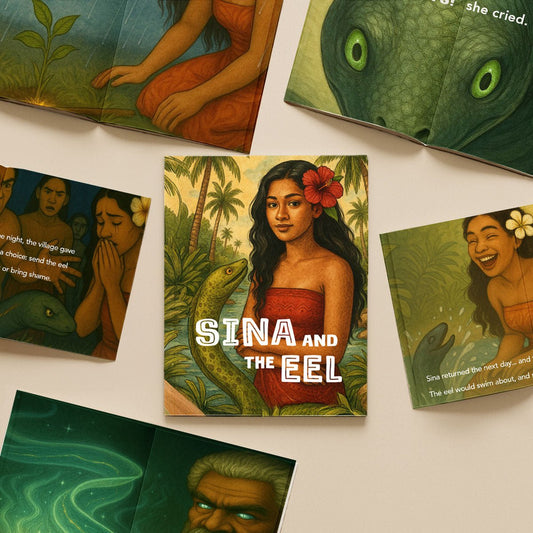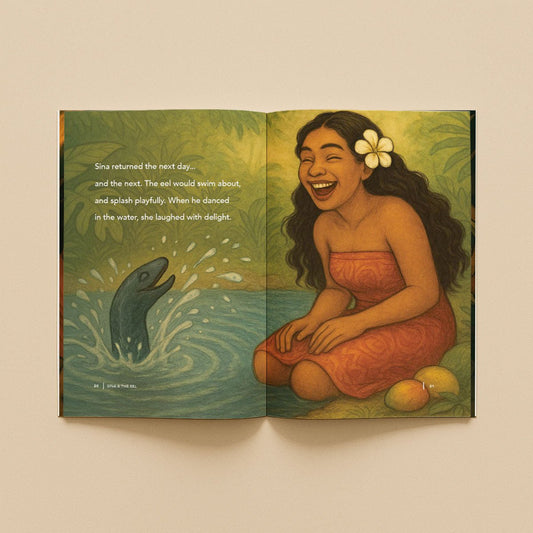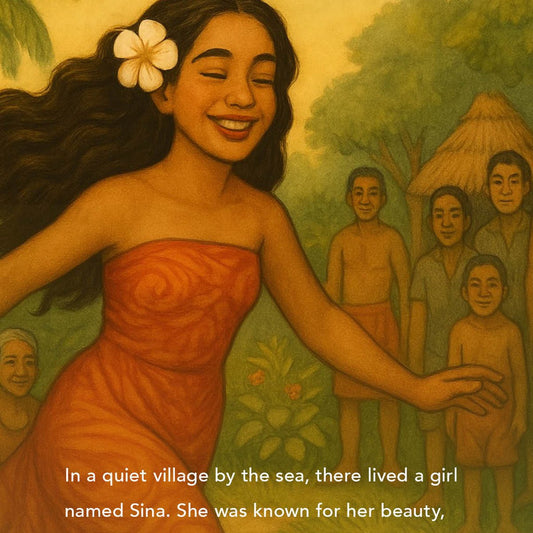From Lapita Mariners to the Cradle of Polynesia: Unveiling the Ancient Origin of Samoa
To ask "Samoan is from where?" is to begin an epic journey that spans continents, crosses vast oceans, and dives deep into the heart of the Pacific. The story of Samoa is not merely one of geography but of extraordinary human migration, master navigation, and the founding of an entire cultural realm known as Polynesia. Samoa is a place where ancient creation myths meet compelling archaeological evidence, a true "Cradle of Polynesia" whose cultural influence is felt across the South Seas.
Understanding the origin of the Samoan people, or tagata Sāmoa, requires looking beyond the islands themselves to trace the millennia-long path of their ancestors, the trailblazing Austronesian people who first charted the world's largest ocean.
The Great Austronesian Migration: The Deep Roots
The earliest origins of the Samoan people are tied to one of the largest and most successful human migrations in history: the Austronesian expansion. This journey began thousands of years ago in what is today Southeast Asia.
The Taiwan Connection and Island Hopping
Linguistic and genetic evidence strongly suggests that the ultimate roots of the Austronesian people lie in the region of modern-day Taiwan (Formosa). From there, groups began a slow, deliberate expansion southward, island-hopping through the Philippines, Indonesia, and New Guinea, mastering the arts of seafaring, boat construction, and agriculture as they went. Their canoes, often double-hulled and expertly sailed, were the spacecraft of the ancient world, allowing them to traverse open ocean like no other civilization.
The Lapita Cultural Complex
Around 3,500 years ago, as these intrepid voyagers moved into Island Melanesia (the islands to the north and east of New Guinea), a distinctive culture emerged: the Lapita. The Lapita people are the direct, recognizable ancestors of all Polynesians, including the Samoans. They are identified primarily by their unique, finely crafted pottery—distinctive earthenware decorated with intricate geometric patterns made by dentate stamping.
- Advanced Seafarers: The Lapita were skilled navigators, sailing with their entire cultural toolkit: not only their signature pottery, but also domesticated animals (pigs, chickens, dogs), staple crops (taro, yams, breadfruit), and sophisticated tools.
- Rapid Expansion: The Lapita culture spread rapidly across a massive swathe of the Pacific, demonstrating an unprecedented command of maritime technology and navigation. Their settlements quickly extended eastward, reaching Fiji and the islands of West Polynesia.
Samoa: The First Outpost of Polynesia
Samoa’s place in this grand migration is pivotal. It represents one of the earliest and most enduring human settlements in the region that would become known as the "Polynesian Triangle."
The Arrival in the Samoan Archipelago
Archaeological findings place the earliest settlement of the Samoan Islands at roughly 1000 BCE to 900 BCE. The key piece of evidence? Lapita pottery shards unearthed at sites like Mulifanua on the island of Upolu. The radiocarbon dating of these remains confirms the Samoan islands as one of the first Pacific archipelagos to be successfully colonized by these oceanic pioneers.
The 'Long Pause' and the Birth of Polynesian Culture
After reaching Fiji, Tonga, and Samoa—often referred to collectively as West Polynesia—the eastward movement of people seemed to halt for nearly a thousand years. This period, sometimes called the "Long Pause," was not one of stagnation, but of profound cultural development. The distinctive Polynesian culture, with its unique language, complex social structures (like the matai system), and sophisticated spiritual beliefs, solidified here, with Samoa and its neighbors forming a critical cultural core.
During this era, the characteristic Lapita pottery tradition faded, giving way to the production of plainware. But the foundational elements of Faʻa Sāmoa—the Samoan Way—were born, marking Samoa as a true cultural nexus.
The Cradle of Polynesia: Samoa's Enduring Legacy
The legendary status of Samoa within the Pacific is not just about being one of the first settled islands; it is about its central role in the subsequent colonization of the rest of the Polynesian Triangle.
Hawaiki and the Eastern Expansion
Samoan oral tradition, or fagogo, speaks of the island of Savaiʻi as Hawaiki, the mythical, ancestral homeland from which subsequent waves of great voyagers launched their expeditions. While the term Hawaiki is complex and appears in the traditions of many Polynesian islands (including Hawaiʻi and New Zealand), Samoa’s geographical and historical position lends strong credence to its role as a key stepping-stone.
It was from West Polynesia, over a thousand years after the initial settlement, that Polynesians began the second great surge of exploration. They navigated to the far corners of the Polynesian triangle:
- The Cook Islands and Tahiti
- Hawaiʻi in the north
- Rapa Nui (Easter Island) in the east
- Aotearoa (New Zealand) in the south
These later voyagers carried with them the refined language, navigational techniques, and cultural framework that had been developed in Samoa and its neighboring islands. The Samoan language, Gagana Sāmoa, is considered one of the oldest and most intact of the Polynesian languages, further cementing Samoa's status as a cultural heartland.
Inter-Island Connections: Tonga and Fiji
Samoa’s history is inextricably linked to its neighbors. For centuries, Samoan, Tongan, and Fijian chiefdoms maintained extensive contact, marked by trade, intermarriage, and periods of warfare. This exchange was critical in shaping the culture of all three groups:
- The Tongan Empire: Samoa successfully resisted the territorial expansion of the Tuʻi Tonga Empire, often considered the greatest maritime power in the Pacific, preserving the autonomy of the faʻamatai system.
- Cultural Exchange: Influences flowed both ways. Samoan oral tradition credits Fiji with bringing the tools and knowledge for the art of tatau (tattooing), a practice that remains a profound cultural marker of Samoan identity.
Modern Samoa: Two Political Entities, One People
The Samoan archipelago is a single cultural entity, but its modern history resulted in a political division that exists today.
Colonial Influence and Division
European contact, beginning in the 18th century, led to increasing foreign interest in the strategically located islands. By the late 19th century, the great powers—Germany, the United States, and Great Britain—were vying for control. This struggle culminated in the 1899 Tripartite Convention, which formally partitioned the islands:
- Samoa (Independent State): The western islands (including Savaiʻi and Upolu) became German Samoa, then were administered by New Zealand after WWI. In 1962, this territory achieved independence as the first Pacific island nation to gain self-rule, driven by the peaceful Mau Movement.
- American Samoa: The eastern islands (including Tutuila and the Manuʻa Islands) became an unincorporated territory of the United States.
The Unifying Force of Faʻa Sāmoa
Despite the political separation, the people across the entire archipelago, and indeed the Samoan diaspora worldwide, remain united by Faʻa Sāmoa—the traditional Samoan Way. This culture, rooted in the ancient ways of the Lapita voyagers, revolves around:
- The ʻAiga (extended family system)
- The Faʻamatai (chiefly system of governance)
- The centrality of Christian faith and community service
The answer to "Samoan is from where?" is ultimately an echo of the past: from the expansive vision of the Austronesian seafarers, forged in the ancient settlement of the Lapita people, and refined over thousands of years on the volcanic shores of the Samoan islands. Samoa is from the ocean, from the stars used by its master navigators, and from the sacred ground that birthed the enduring civilization of Polynesia.
Carry the spirit of the Samoan voyagers with you. Explore our collection of authentic, high-quality products that embody the strength, tradition, and rich heritage of Faʻa Sāmoa. Click here to shop and connect with the Cradle of Polynesia.







